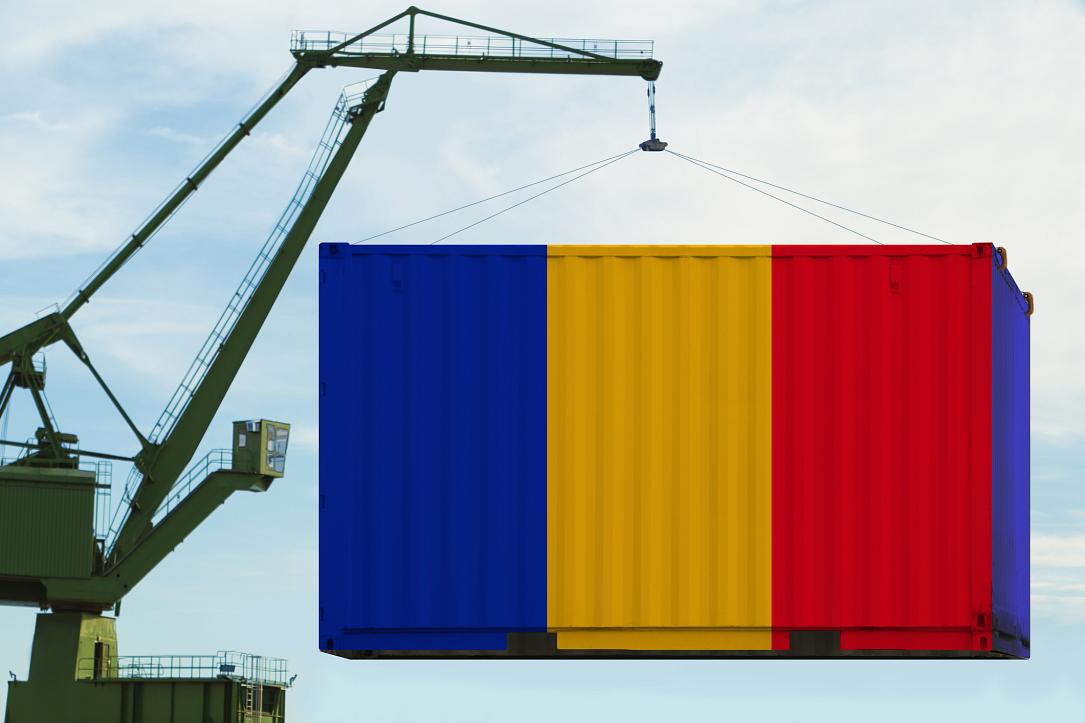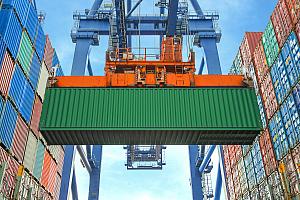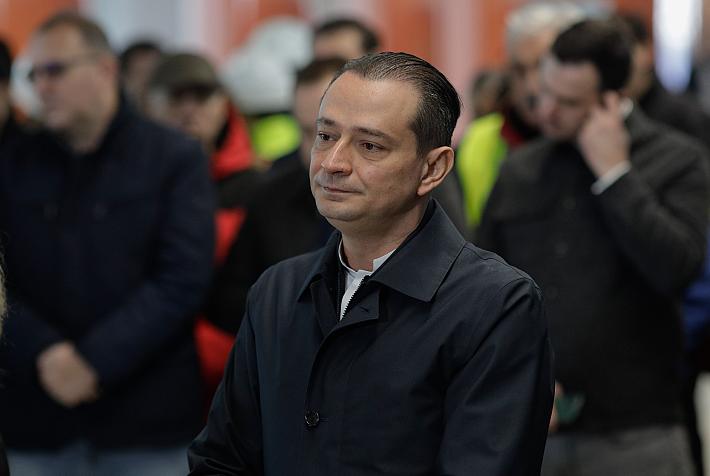Romania’s trade gap is widening, but the problem is its structure

Romania’s deficit of the trade in goods has widened by 18.4% y/y to EUR 8.4 billion in Q3 as the imports (+4.9% y/y) are stimulated by private and public demand while the exports (+0.7% y/y) dwindle amid problematic industrial development and consumer confidence in Europe.
The 18.4% y/y advance looks impressive, but it’s more of an effect of volatility, while deeper concerns are related to the structure of the trade deficit. Romania is increasingly importing consumer and hopefully investment goods, but it fails to develop value-added or export-driven industries, thus remaining linked to the activity of the major industrial groups.
In the medium term, the country’s trade in goods is rather stagnant, with both exports and imports having remained within narrow bands for almost three years.
The deficit-to-GDP ratio, calculated for the 12 months ending September, actually decreased to 9.5% in 2024 from 9.8% as of September 2023 under comparable terms. Higher nominal GDP offset the 8.6% y/y advance of the 12-month trade deficit.
However, it is the structure of the deficit that raises more concerns. After filtering out the effects of the costly energy imports and lucrative grain exports in 2022-2023, the dynamics of Romania’s “structural” foreign trade shows more net imports of consumer and investment goods now.
The exports increased by only 0.7% y/y to EUR 23.0 billion in Q1, while the imports rose by 4.9% y/y to EUR 31.4 billion.
The EUR 8.4 billion gap in the quarter is smaller than the deficits seen in the second half of 2022, but the structure is changing. While the wide deficit was initially driven in H2 2022, after the war began in Ukraine, by expensive energy imports, it is now increasingly driven by consumer and investment goods.
iulian@romania-insider.com
(Photo source: Tatiana Golmer/Dreamstime.com)












